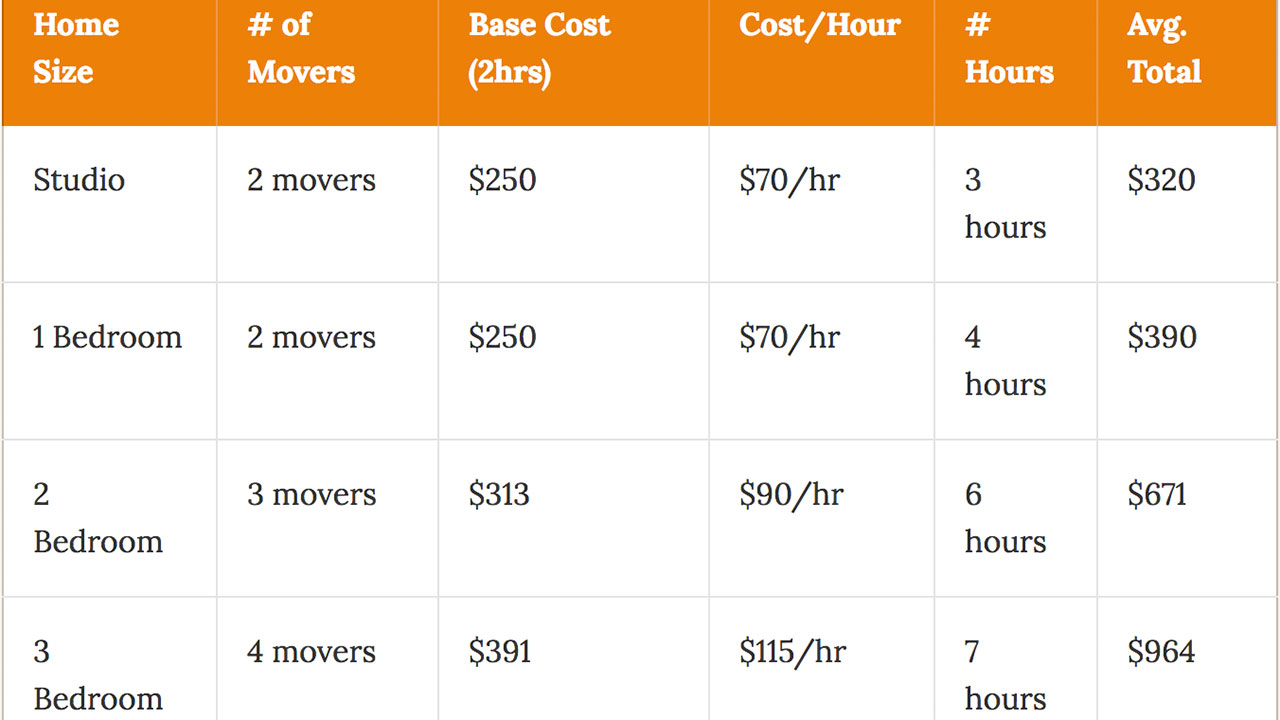Planning Moving Across State Lines for Individuals
Planning Moving Across State Lines for Individuals
Blog Article
Moving between states isn’t just a matter of distance; it involves complex logistics.
This article offers a updated look at how to handle long-distance moving effectively.
Stay with us to discover how to ensure a smooth relocation across state lines.
Understanding the Scope of Interstate Moving
This means only certified and insured companies can legally handle your goods interstate.
For example, some states have agricultural checks, item bans, or specific rules on transporting vehicles.
Most importantly, the logistics are more complex: possible weather impacts come into play.
Finding the Perfect Cross-State Moving Partner
Sites like Better Business Bureau and FMCSA’s mover search tool are great resources for screening movers.
Ask about additional fees such as fuel surcharges, long carry charges, or storage if needed.
Trust your instincts: if something feels off or too good to be true, it probably is.
Understanding Interstate Moving Price Calculations
Timing matters too: moving during peak seasons like summer or holidays can drive prices up by 20–30%.
Additional services can also raise the bill.
Planning ahead and informing your moving company about these conditions helps avoid surprise charges on moving day.

Step-by-Step Guide to Organizing a Long-Distance Move
Proper planning is the foundation of a successful interstate move. Start by creating a timeline—ideally 8–12 weeks before your move date.
Decide what to sell, donate, or discard to reduce weight and save on moving costs. Less volume often translates to lower transport fees, so decluttering pays off.
Finally, prepare an essentials kit for the days surrounding your move.
Comparing Different Interstate Moving Services
Full-service movers handle everything, from packing to unpacking, ideal for busy professionals or large families.
Container services (like PODS) offer flexibility: you load the container yourself, and the company transports it across state lines.
Are you moving fragile antiques or just standard furniture?

Top Pitfalls in Long-Distance Moves
Booking early not only secures better pricing but also gives you time to research and prepare properly.
Hiring unlicensed companies or falling for low-ball quotes can lead to scams, damaged goods, or lost belongings.
Invest in proper materials, label every box, and consider letting professionals handle specialty or high-value items to avoid costly mistakes.
Tips for Saving Money on Interstate Moving
To cut clique aqui costs on Qual é o valor do frete por km?descubra mais interstate moving, start by downsizing.
Some movers offer price matching, discounts for flexible dates, or savings for booking during off-peak seasons.
Lastly, consider doing part of the work yourself.
Conclusion: Making Your Interstate Move a Success
Whether you’re relocating a small apartment or a full household, understanding the process empowers you to make informed decisions.
Investing time in research, comparing services, and preparing in advance pays off during a long-distance relocation.
As you get ready to embark on your interstate move, stay organized, communicate clearly with your movers, and keep your goals in sight.
Common Questions on Long-Distance Moves
Are there budget-friendly options for moving out of state?
The cheapest options include renting a moving truck, using a freight trailer, or downsizing your load to reduce weight.
When should I hire movers for a long-distance move?
Last-minute bookings often come with limited availability and higher prices.
What should I leave out of my moving boxes?
Movers typically won’t transport hazardous materials, perishables, firearms, or plants across state lines.
What insurance options are available for long-distance moves?
Review your coverage options carefully and understand the claims process before moving day.
How do I know where my shipment is?
Staying informed reduces anxiety and helps you plan for delivery day.
Report this page